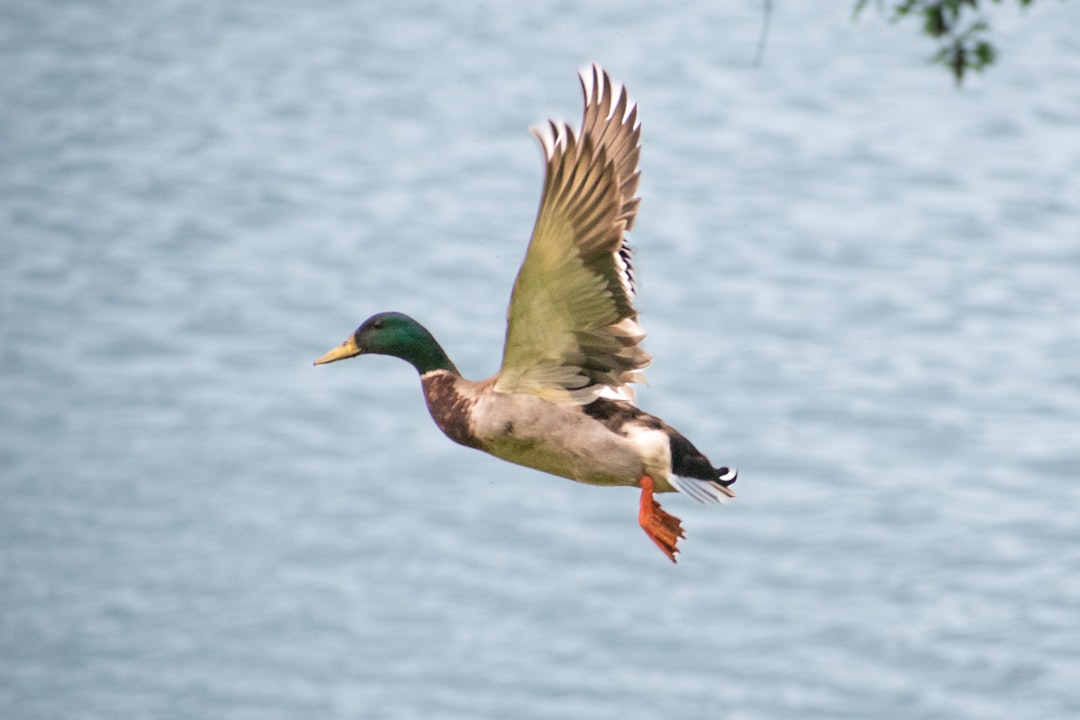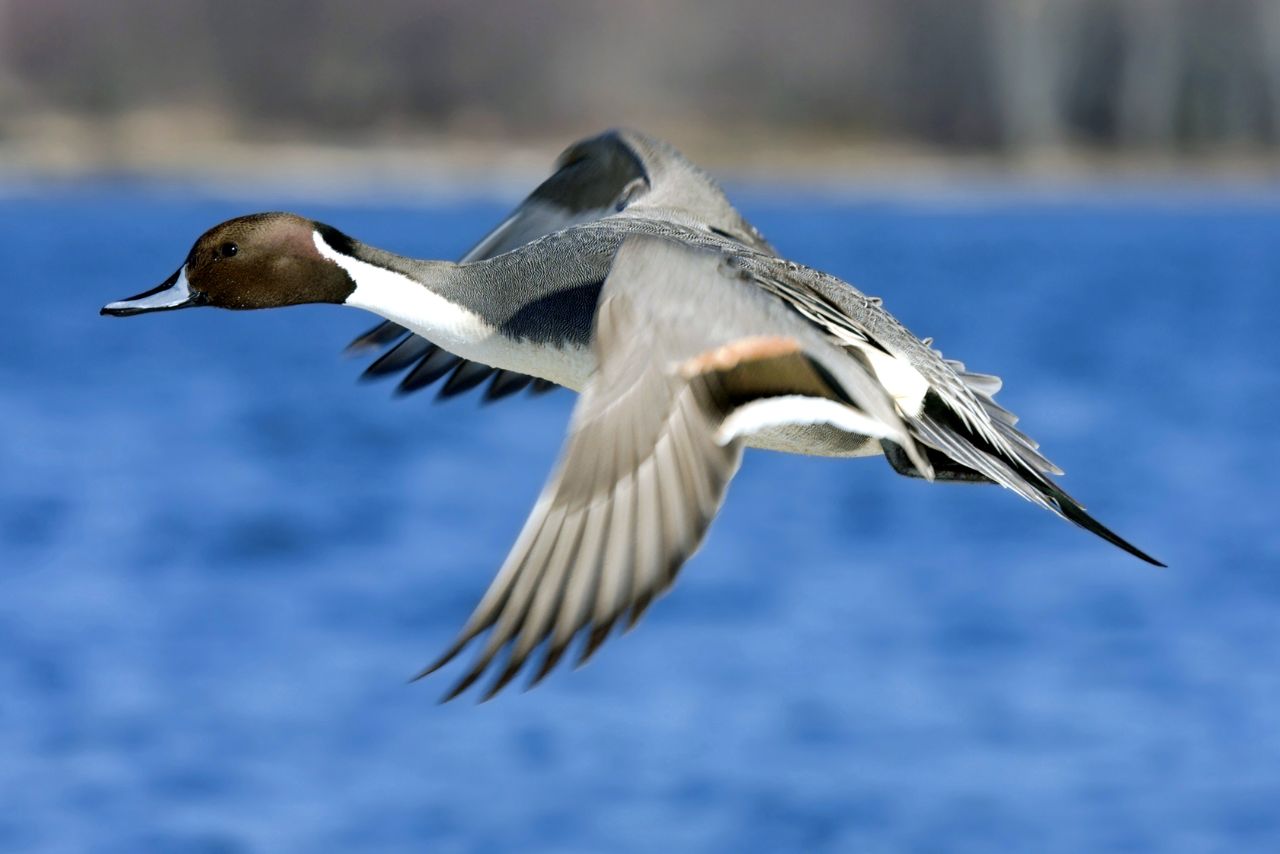Ducks are one of the most common and recognizable waterfowl birds. They are often seen swimming in ponds, rivers, and lakes. Many people may wonder if ducks are considered birds, or if they are a separate type of animal.
Are Ducks Birds? The answer is quite simple: yes, ducks are indeed birds. In fact, they are a type of water bird that belongs to the family Anatidae, which includes swans and geese as well.
Ducks are a type of waterfowl and are commonly found swimming in ponds, rivers, and lakes. Ducks have webbed feet, a broad flat bill, and a streamlined body that is adapted for aquatic life.
In this article, we will explore some interesting facts about ducks and why they are classified as birds.
They are omnivores and feed on a variety of plant and animal matter. Ducks are known for their distinctive quacking sound and are often raised for their meat, eggs, and feathers.
Are Ducks Birds?
Yes, they are birds. Here are some of the characteristics that make ducks birds:
- Wings and Feathers: Ducks have wings and feathers that allow them to fly. Ducks use their wings to travel long distances, find food, and escape predators.
- Beak: Ducks have a beak that is used for eating, grooming, and building nests. The shape of a duck’s beak varies depending on the species of duck and its diet.
- Warm-blooded: Ducks are warm-blooded, which means that they can maintain a constant body temperature regardless of the outside temperature. This allows ducks to live in a variety of habitats, including cold climates.
- Egg-laying: Ducks are oviparous, which means that they lay eggs. Ducks typically lay between 6 and 12 eggs at a time. The eggs are incubated by the female duck for about 28 days.
So, there you have it. Ducks are definitely birds!
Why Are Ducks Considered Waterfowl?

Yes, Ducks are classified as waterfowl because they are adapted to living in and around bodies of water. Their webbed feet make them excellent swimmers, while their waterproof feathers keep them dry when diving and swimming.
Ducks also have a unique oil gland near their tail that produces a type of oil that they spread over their feathers to maintain their waterproofing. This adaptation helps them stay warm and dry in cold or wet environments.
Are ducks considered birds?
Yes, ducks are indeed birds and are classified as waterfowl. They have unique adaptations that allow them to thrive in aquatic environments, making them a fascinating bird species to observe and study.
Classification of ducks
Ducks are classified into several different groups based on their physical characteristics and behavior. For example, diving ducks have a streamlined body that is adapted for diving underwater in search of food.
Dabbling ducks, on the other hand, feed by tipping their head down into the water and grazing on vegetation near the surface.
Similarities to other bird species
Despite their unique physical characteristics and adaptations for aquatic life, ducks share many similarities with other bird species.
For example, like most birds, they have a four-chambered heart and are able to maintain a constant body temperature through internal mechanisms.
They also have excellent eyesight and hearing, which helps them navigate and communicate with other ducks in their flock.
Differences from other bird species
Despite their similarities to other bird species, ducks also have some distinct differences.
For example, they have a specialized digestive system that allows them to break down tough plant matter, such as the fibrous stems of aquatic vegetation.
Characteristics of Ducks that Make Them Unique Birds
Ducks are unique creatures with many fascinating characteristics that set them apart from other bird species. One such characteristic is their ability to swim and dive underwater using their webbed feet and streamlined body.
They also have a specialized oil gland near their tail that produces oil to waterproof their feathers, making them highly adapted to life in wet environments.
Another unique characteristic of ducks is their colorful plumage, which varies greatly between different species and can help with identification.
Do Ducks Fly Like Birds?

Yes, ducks are capable of flight. While they are known for their aquatic abilities, many duck species migrate long distances each year.
These migrations can take place over land or water, and some species can fly at altitudes of up to 10,000 feet and some can up to 20,000 feet.
Ducks typically use a combination of flapping and gliding to conserve energy during flight.
How Do Ducks Fly?
Ducks generate lift and propulsion during flight using their wings, which are shaped like airfoils. The shape of the wing creates a pressure difference between the top and bottom surfaces of the wing, which generates lift.
When ducks flap their wings, they create thrust to move forward through the air.
Physical Characteristics of Ducks As Birds (Unique Physical Features)
1. Webbed Feet
Another unique physical feature of ducks is their webbed feet, which are specially adapted for swimming and diving.
The webbing between their toes helps propel them through the water, while also providing stability when walking on slippery surfaces like mud or ice.
2. Plumage Character
Ducks have a wide range of plumage colors and patterns, from dull browns and grays to bright greens, blues, yellows, and reds.
Some species have distinct markings on their beaks or around their eyes, while others have iridescent feathers that shine in the sunlight.
3.Ducks Have Eyes
Ducks have excellent eyesight, with eyes located on the sides of their heads that allow them to see a wide range of angles. This helps them spot predators and potential food sources both on land and in the water. Additionally, ducks have a third eyelid called the nictitating membrane that acts as a protective barrier for their eyes when swimming underwater or flying through debris-filled environments.
4. Ducks Have Feathers
Ducks are known for their feathers, which serve many purposes beyond just keeping them warm. Feathers help to repel water and keep ducks buoyant while swimming.
They also help with aerodynamics during flight, providing lift and reducing drag.
5. Duck Have 4 Chambered Heart
Duck hearts, like other bird species, have four chambers. This allows for efficient oxygenation of the blood and helps to support their high levels of activity both on land and in the water.
6. Ducks Have A Bill/ Beak
Ducks have a distinctive bill that is flat and broad, with serrated edges that help them filter food from the water. Depending on the species, ducks may eat a variety of foods including insects, plants, small fish, and crustaceans.
Their bills are also used for preening and grooming their feathers to keep them clean and waterproof.
7. Ducks Lay Eggs

Ducks are among the most prolific egg-laying birds in the world. Unlike chickens that lay eggs every day, ducks lay eggs every other day. These eggs are larger than chicken eggs and have a thicker shell.
8. Ducks Are Warm Blooded
Like all birds, ducks are warm-blooded animals. This means that they are able to regulate their body temperature internally, regardless of the external environment.
9. Ducks Have Hollow Bones
Ducks have hollow bones, which make them lightweight and efficient flyers.
Their respiratory system is uniquely adapted for high-altitude flight, allowing them to extract more oxygen from the thin air at higher altitudes.
Are Ducks Social Birds?
Yes, Ducks are highly social animals and often form large flocks, particularly during the winter months when food and shelter can be scarce.
Within these flocks, ducks establish complex social hierarchies, with dominant individuals occupying the top positions.
Social interactions among ducks include preening each other’s feathers, vocalizations such as quacking, and aggressive displays like head bobbing and wing flapping.
How do Ducks Communicate Compared to Other Birds?

Ducks communicate with each other using a variety of vocalizations including quacks, grunts, and whistles. These sounds can convey different messages depending on the context, such as warning others of danger or attracting a mate.
They also use body language, such as head bobbing and tail wagging, to communicate with each other.
Compared to some other bird species, ducks have a more limited range of vocalizations but are still able to effectively communicate with their flock mates.
How do Ducks Mate Compare to Other Birds?
Ducks have a unique mating behavior compared to other birds. Male ducks, also known as drakes, attract females with their colorful plumage and elaborate courtship displays.
During the breeding season, drakes will often compete for the attention of females by displaying their feathers, bobbing their heads, and making vocalizations.
Once a pair has formed, they will mate multiple times throughout the season. Female ducks typically lay around 8-12 eggs in a nest that is hidden in vegetation near water.
The eggs hatch after about 28 days and the ducklings are able to swim and feed themselves shortly after hatching.
Conclusion: Are Ducks Birds?
Ducks are fascinating birds with unique physical adaptations and social behaviors. They are warm-blooded animals that require both water and land to survive.
Ducks have a complex social hierarchy within their flocks and use vocalizations and body language to communicate with each other. Their mating behavior is also unique, with males attracting females through elaborate courtship displays.
Conservation efforts are crucial for the survival of these adaptable creatures, as they face threats from habitat loss and pollution.
Overall, ducks are an important part of many ecosystems and continue to captivate humans with their beauty and interesting behaviors.
FAQs
Are Ducks Birds?
Yes, ducks are birds.
What Makes Ducks Different from Other Birds?
Ducks have unique physical adaptations, such as hollow bones and a respiratory system adapted for high-altitude flight. They also have complex social behaviors and unique mating habits.
Where Do Ducks Live?
Ducks can be found all over the world and can adapt to a variety of habitats, but they prefer wetland environments such as ponds, lakes, rivers, and marshes.
Are Ducks Social Animals?
Yes, ducks are highly social animals and often form large flocks, particularly during the winter months.
What Do Ducks Eat?
Ducks are omnivores and eat a variety of foods, including insects, plants, grains, and small fish or crustaceans.




